Racing Rules Update
This article was excerpted from Dave Perry's Understanding the Racing Rules of Sailing through 2016, published by and available from the United States Sailing Association (US SAILING), Portsmouth, RI. 1-800-877-2451 or www.ussailing.org. (photo courtesy John Payne) A QUICK OVERVIEW of the SIGNIFICANT RULE and GAME CHANGES in the 2013-2016 RACING RULES OF SAILINGby Dave Perry, author of Understanding the Racing Rules of Sailing through 2016 The following is a list of the significant changes in the 2013-2016 edition of The Racing Rules of Sailing (RRS). These are changes from the 2009-2012 edition. NOTE: These brief summaries are not intended to be actual representations of the rules; nor is this a complete list of all the changes in the 2013-2016 RRS. Basic Principles A new Basic Principle has been added called "Environmental Responsibility" which reads, "Participants are encouraged to minimize any adverse environmental impact of the sport of sailing." This is supported by new rule 55 (Trash Disposal) which reads, "A competitor shall not intentionally put trash in the water." Rule 55 applies at all times when boats are on the water and subject to the RRS.
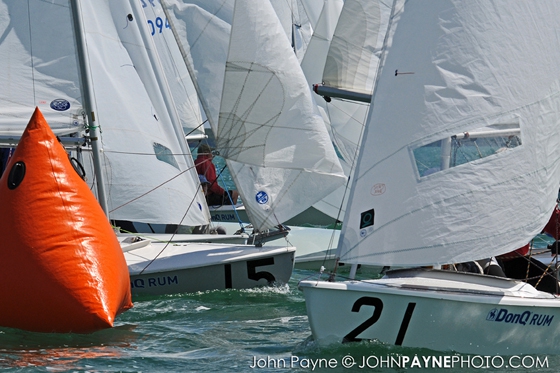

This article was excerpted from Dave Perry’s Understanding the Racing Rules of Sailing through 2016, published by and available from the United States Sailing Association (US SAILING), Portsmouth, RI. 1-800-877-2451 or www.ussailing.org.
A QUICK OVERVIEW of the SIGNIFICANT RULE and GAME CHANGES in the 2013-2016 RACING RULES OF SAILING
by Dave Perry, author of Understanding the Racing Rules of Sailing through 2016
The following is a list of the significant changes in the 2013-2016 edition of The Racing Rules of Sailing (RRS). These are changes from the 2009-2012 edition. NOTE: These brief summaries are not intended to be actual representations of the rules; nor is this a complete list of all the changes in the 2013-2016 RRS.
Basic Principles A new Basic Principle has been added called “Environmental Responsibility” which reads, “Participants are encouraged to minimize any adverse environmental impact of the sport of sailing.” This is supported by new rule 55 (Trash Disposal) which reads, “A competitor shall not intentionally put trash in the water.” Rule 55 applies at all times when boats are on the water and subject to the RRS.
Finish The definition has been revised to clarify that if a boat crosses the finishing line but then takes a penalty or corrects an error in crossing the finishing line, she has not “finished” yet and is therefore still “racing.” She “finishes” when she crosses the finishing line after completing her penalty or correcting her error.
And if a boat happens to cross the “finishing line” on her way to the next mark (say the start/finish line is in the middle of the beat), she doesn’t “finish” until she crosses the finishing line and stops racing.
Keep Clear The second part of the definition has been expanded to apply to overlapped port and starboard tack boats as well as windward and leeward boats. If a port-tack boat allows herself to get so close to a starboard-tack boat that the starboard-tack boat cannot change course in both directions without making immediate contact with the port-tack boat, the port-tack boat has failed to keep clear. Note that boats on the opposite tacks can be considered “overlapped” only when rule 18 applies or both are sailing more than ninety degrees from the true wind.
Mark Now an object attached “temporarily” to a mark is considered part of the mark. For instance, if the race committee hangs a “keep-off buoy” off the back of the race committee boat, that buoy and the line attaching it to the boat are part of the race committee boat which is a “mark.”
Mark-Room The definition has been changed to remove the “to” / “at” convention from the previous definition. The new definition allows an inside boat “room” to leave the mark on the required side. In addition, when the inside boat’s proper course would bring her close to the mark, as it would when a boat is rounding that mark, she is entitled to “room” to sail to the mark, i.e., the space she needs to get to the mark while sailing in a “seamanlike way;” and then “room” to round the mark as necessary to sail the course, i.e., the space she needs to round the mark and begin sailing the next leg of the course in a “seamanlike way.” Note, the reference to “proper course” is merely a test for whether an inside boat is entitled to “room” to sail to a mark. “Mark-room” does not include room for a boat to sail her “proper course” anymore (though certain rules in rule 18 do permit an inside boat to sail her proper course near a mark).
Party The definition has been expanded to include a boat for which redress has been requested, the race committee when it requests redress for a boat, and any body listed in rule 62.1(a) (Redress) when it is alleged to have made an improper action or omission.
Room The definition now includes space for a boat to comply with her obligations under the rules in Part 2 (When Boats Meet) and rule 31 (Touching a Mark). For instance, rule 16.1 (Changing Course) now means that a right-of-way boat cannot change course if it causes the keep-clear boat to foul another boat or touch a mark.
Rule 14 (Avoiding Contact) has been modified so that when a right-of-way boat or one entitled to room or mark-room breaks rule 14, but there is no damage or injury, she is to be “exonerated,” which means freed from blame for breaking the rule. The previous rule said that the boat would not be “penalized.”
Rule 18.2(c)(2) (Giving Mark-Room) answers the question: when a boat is taking mark-room, how far can she turn to shut the door and still be exonerated under rule 21 (Exoneration) for breaking rule 16.1 (Changing Course) when a boat that owes her mark-room tries to sail in between her and the mark? Rule 18.2(c)(2) effectively says she can sail up to her “proper course,” but if she sails higher than that, she will not be exonerated if she breaks rule 16.1.
Rule 18.2(e) (Giving Mark-Room) adds that if a boat obtains an inside overlap by tacking to windward of another boat, and from the time the overlap began the outside boat has been unable to give mark-room, she is not required to give it.
Rule 18.3 (Tacking in the Zone) now applies only if the boat that is tacking passes head to wind inside the zone (the previous rule applied if the boat completed her tack in the zone, even when she had passed head to wind outside the zone). The rule is now broken if the tacking boat causes any boat in the situation to sail above close-hauled to avoid contact with any other boat, which comes up in multiple-boat roundings.
Rule 20 (Room to Tack at an Obstruction) has been reformatted but with very little change in meaning. The changes are:
• if a boat is fetching an obstruction that is also a mark, but would not have to change course to avoid a boat that hailed for room and subsequently tacked, the hailing boat has not broken a rule;
• from the time a boat hails until she has tacked and avoided the other boat, rule 18.2 (Giving Mark-Room) does not apply between them. In the previous rules, this was stated in the preamble to Section C;
• and if a boat has been hailed to tack, but can’t tack due to boats to windward of her, she can pass along the hail even when she herself does not need to take any action to avoid the obstruction.
Rule 21 (Exoneration) This rule covers rules 18 (Mark-Room), 19 (Room to Pass an Obstruction) and 20 (Room to Tack at an Obstruction), and provides exoneration for a boat sailing within the room or mark-room to which she is entitled if she breaks a rule of Part 2, Section A (the basic right-of-way rules), or rules 15 (Acquiring Right of Way) or 16 (Changing Course), or if she is forced to break rule 31 (Touching a Mark). Previously, some of this exoneration needed to be handled by using rule 64.1 (Penalties and Exoneration).
Rule 22.3 (Starting Errors; Taking Penalties; Moving Astern) now clarifies that it is only when you are moving backwards “through the water” by backing a sail that you can break this rule.
Rule 41(a) (Outside Help) has been expanded to allow a boat to receive outside help when one of its crew is in danger, which obviously includes being in the water. The rule now also permits that boat to be protested, and the protest committee to penalize a boat, for gaining a significant advantage after receiving help under rule 41(a), but the penalty can be less than disqualification.
Rule 42.3 (Propulsion: Exceptions) has been revised. Rule 42.3(c) clarifies that a boat may pump to surf down the “front” of a wave (the prior rule said the “leeward side” of a wave), which means a boat can, for instance, pump to surf a powerboat wake that is not moving directly downwind. And a boat can now pump her mainsail to “pop” an inverted compression batten, but not in a way that propels the boat.
Rule 44 (Penalties at the Time of an Incident) has been clarified to say that a boat need only take one penalty per incident, regardless of the number of rules that may have been broken in that incident; and if the sailing instructions state a different alternative penalty is being used, such as the Scoring Penalty, then that penalty replaces the One-Turn and the Two-Turns Penalty.
Rule 48.2 (Fog Signals and Lights; Traffic Separation Schemes) has been added. It reads, “A boat shall comply with rule 10, Traffic Separation Schemes, of the International Regulations for Preventing Collisions at Sea.”
Rule 49.2 (Crew Position; Lifelines) has deleted the phrase “of wire,” meaning the rule applies to lifelines whether they are wire or not. In addition, the rule has added this sentence: “If the class rules do not specify the material or minimum diameter of lifelines, they shall comply with the corresponding specifications in the ISAF Offshore Special Regulations.”
Rule 50.4 (Headsails) now states, “For the purposes of rules 50 and 54 and Appendix G, the difference between a headsail and a spinnaker is that the width of a headsail, measured between the midpoints of its luff and leech, is less than 75% of the length of its foot.” (Previously it was 50%.)
Rule 60.1 (Right to Protest; Right to Request Redress or Rule 69 Action) now only permits a boat to protest under rule 31 (Touching a Mark) if it was involved in or saw the incident.
Rule 61.1(3) (Informing the Protestee) now clarifies what to do when another boat allegedly isn’t sailing the course correctly. It says, “if the incident was an error by the other boat in sailing the course, she need not hail or display a red flag but she shall inform the other boat before that boat finishes or at the first reasonable opportunity after she finishes.”
Rule 62.1(a) (Redress) has added “equipment inspection committee or measurement committee for the event” to the list of bodies whose improper actions or omissions can be the subject of a request for redress.
Rule 63.6 (Taking Evidence and Finding Facts) now requires a member of the protest committee who saw the incident to state that fact while the parties are present.
previous Rule 67 (Rule 42 and Hearing Requirement) has been deleted, which means that the protest committee may never penalize a boat under rule 42 (Propulsion) without a hearing (this does not preclude an event from using Appendix P, Special Procedures for Rule 42).
Rule 70.1 (Appeals and Requests to a National Authority) now permits a boat to appeal when she is denied a hearing required by rule 63.1 (Requirement for a Hearing).
Rule 90.3(c) (Scoring) Now, when the race committee determines from its own records or observations that it has scored a boat incorrectly, it can correct the error without going through the redress process.
Appendices There are many appendices for specific disciplines within the sport of sailing. Many of these have been revised. Be sure to study the appendices that pertain to your racing.
Appendix T (Alternative Procedures for Dispute Resolution) This appendix is a new US Sailing prescription, and includes systems for reducing the need for protest hearings, including post-race reduced penalties, expedited protest hearings, and arbitration (a short meeting held prior to a protest hearing to try to resolve the matter).
Comments for this post are closed

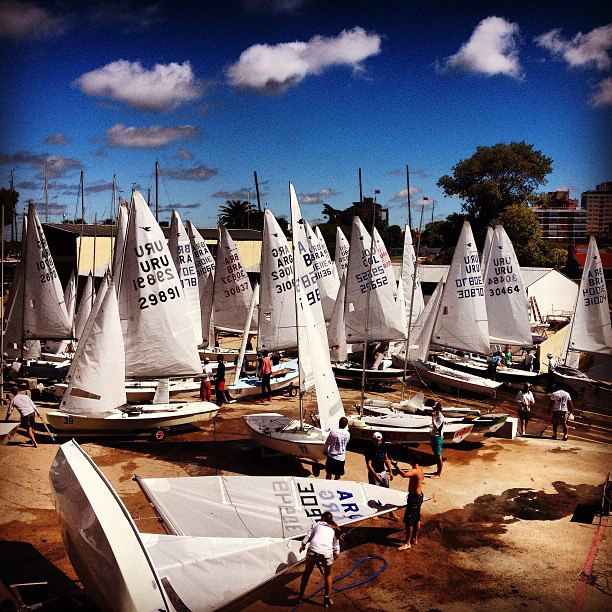
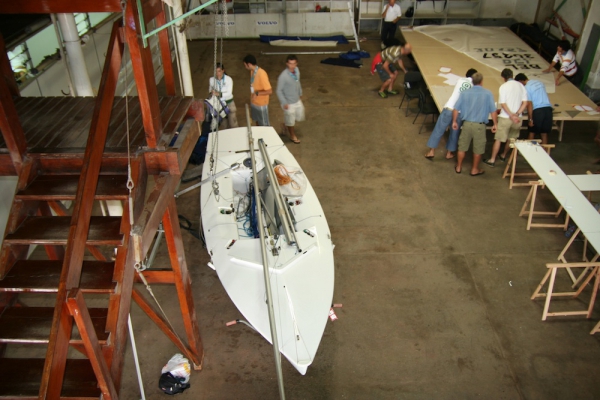
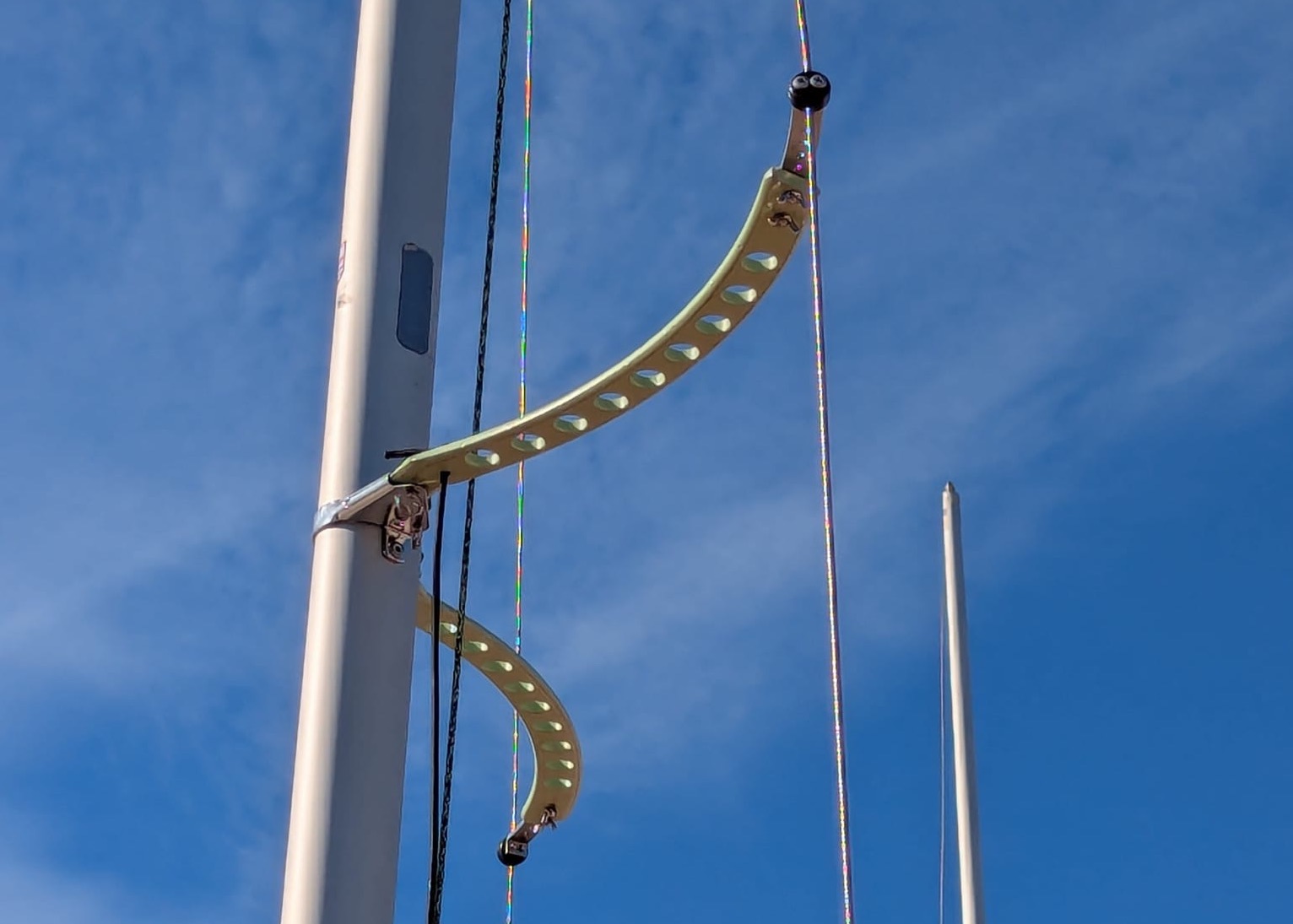



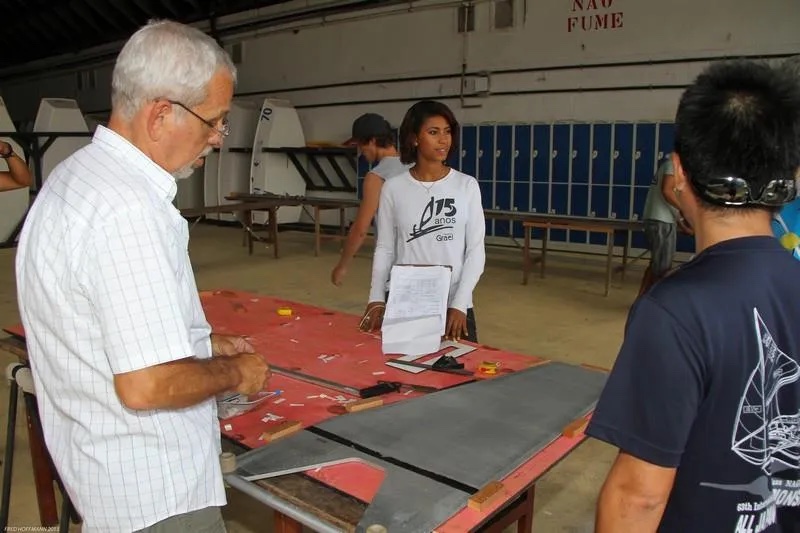
0 comments